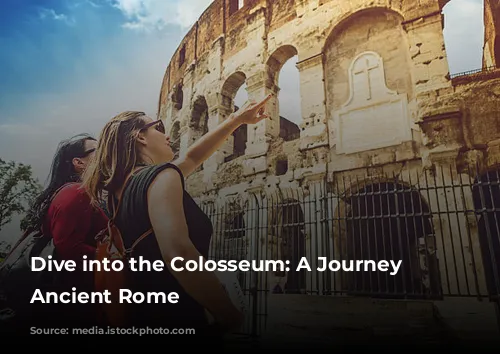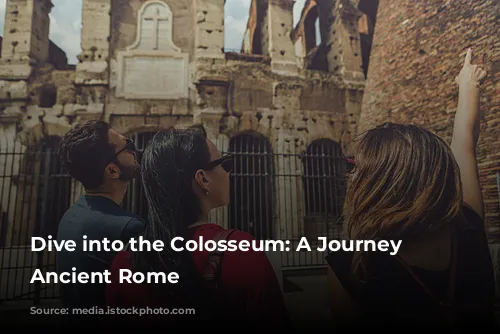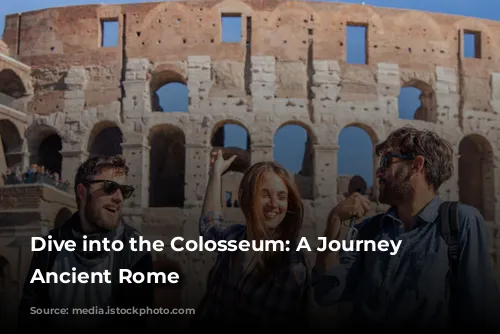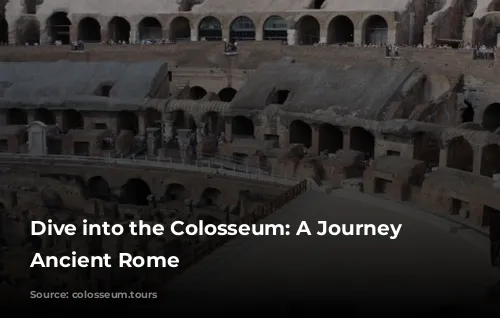Rome, the Eternal City, beckons travelers with its rich history, captivating architecture, and vibrant culture. Among its many treasures, the Colosseum stands as an iconic landmark, symbolizing the grandeur of the Roman Empire. This ancient amphitheater, a testament to Roman engineering prowess, offers visitors a glimpse into a bygone era.
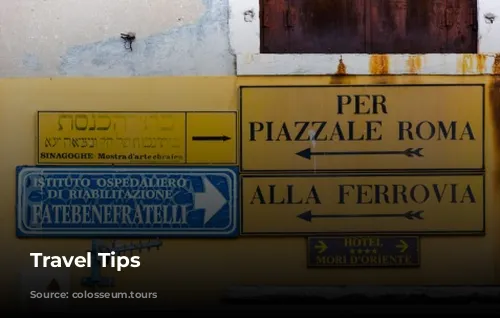
Planning Your Colosseum Visit: Ensuring a Seamless Experience
To make the most of your visit to the Colosseum, it’s highly recommended to book your tickets in advance. This ensures a smooth entry, avoiding the often-long lines. Pre-booking allows you to choose your preferred date and time slot, guaranteeing a more efficient visit. In addition, pre-purchased tickets often grant you skip-the-line access, allowing you to bypass queues and maximize your time exploring this magnificent attraction.
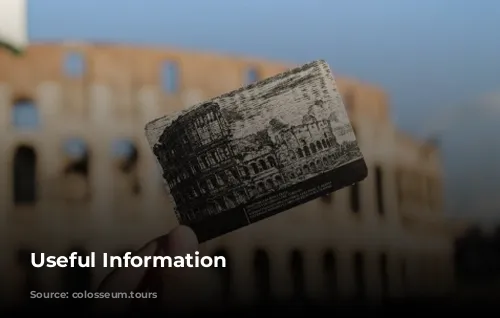
Unlocking the Secrets of the Colosseum: A Journey Through Time
The Colosseum’s history stretches back to ancient times, dating back to its construction around 70-80 AD by Emperor Vespasian of the Flavian dynasty. This massive amphitheater played host to a variety of spectacles, including gladiator fights, animal hunts, and even mock naval battles. It could accommodate an incredible 80,000 spectators.
The Colosseum’s architectural design is truly impressive. This large oval-shaped structure boasts four levels, rising approximately 48 meters high. Constructed with limestone, concrete, and bricks, it features three tiers of arches adorned with different types of columns: Doric at the base, Ionic in the middle, and Corinthian at the top. Ingeniously designed with ramps, stairs, and tunnels, the Colosseum ensured easy movement for both people and animals during events. This clever design enabled spectators to enter and exit efficiently while also facilitating the staging of spectacular shows, showcasing the Romans’ mastery of architecture.
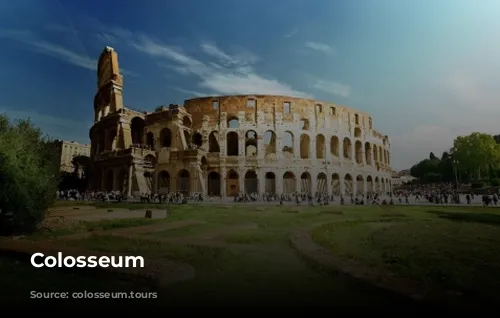
The Colosseum at Night: A Magical Encounter with Ancient Rome
As dusk descends, the Colosseum is transformed into a majestic and enchanting spectacle. Its illuminated facade, against the backdrop of the night sky, creates a captivating sight. The Colosseum, at night, becomes a portal to the past, allowing us to connect with the thrilling history of ancient Rome.
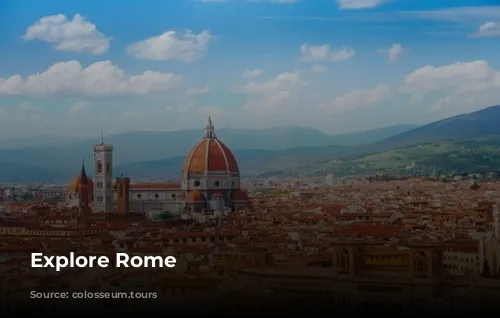
Embracing Roman Flavors: Authentic Cuisine and Local Delights
No trip to Rome would be complete without indulging in its authentic Roman cuisine. While upscale dining options abound, nothing beats the flavor of street food. Seek out spots frequented by locals, a sure sign of delicious and high-quality fare.
In Rome, many restaurants automatically include a service charge on the bill to compensate their waitstaff. However, if you’re particularly pleased with the service, or if the bill doesn’t include a service charge, it’s customary to leave a 10% tip.
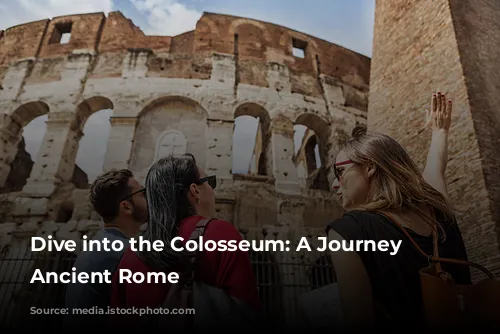
Navigating Rome in Comfort: Essential Tips for Exploration
To fully appreciate Rome’s charming streets and historical sites, wearing comfortable shoes is essential. With countless attractions to discover on foot, comfortable footwear ensures you can enjoy the city’s wonders without discomfort.
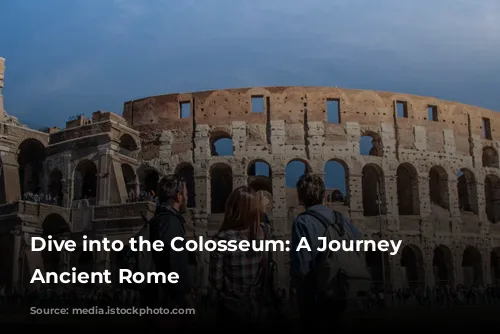
Exploring Ancient Rome: An Unforgettable Guided Tour
To delve deeper into the history and grandeur of Ancient Rome, consider joining a guided tour with a knowledgeable and friendly local guide. This immersive experience will provide you with fascinating insights and stories about the city’s past.
Imagine yourself standing on the arena floor of the Colosseum, where gladiators once fought for their lives. Picture yourself walking among the ruins of Palatine Hill, once home to Roman emperors, and gazing at the breathtaking views. And finally, explore the Roman Forum, once a bustling hub of political activity, marvelling at its ancient temples, offices, and the senate building.
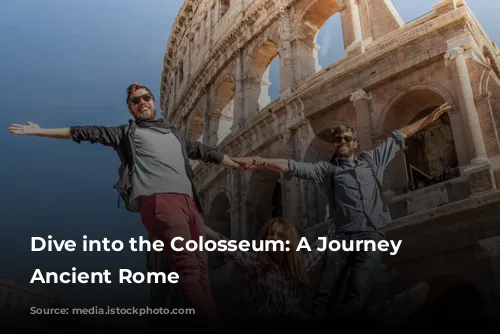
A Journey Through Time: The Colosseum, Palatine Hill, and Roman Forum
A guided tour offers an incredible opportunity to bypass the crowds and enjoy a private entrance to the Colosseum. Your knowledgeable guide will share captivating stories and historical insights, bringing the ancient world to life. You’ll be immersed in the grandeur of the Colosseum, witnessing its impressive structure and learning about its tumultuous history, including damage from earthquakes.
Next, ascend Palatine Hill, where you’ll be treated to breathtaking views of the city. Explore the ruins of grand palaces, including the House of Augustus, once home to the first Roman Emperor. Finally, delve into the Roman Forum, a vibrant center of political and social life in ancient times. Marvel at architectural wonders like the Temple of Romulus and imagine the bustling streets filled with citizens, senators, and merchants.
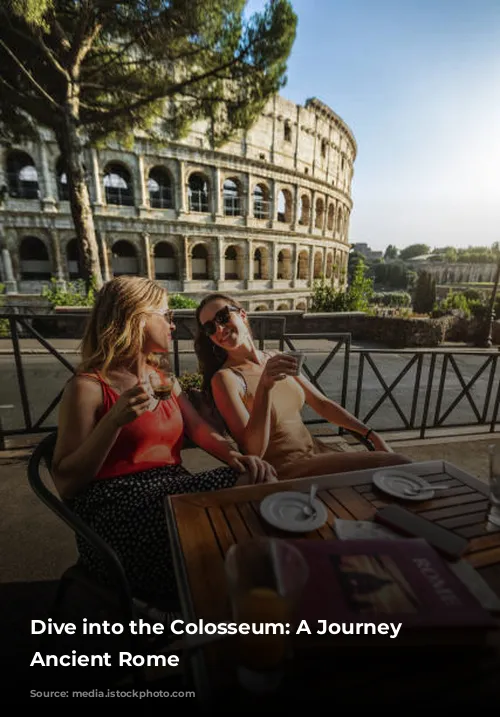
Unlocking the Vatican’s Secrets: A Journey of Faith and Art
No visit to Rome is complete without exploring the Vatican, a city within a city, teeming with historical and spiritual significance. It houses the Pope and the Roman Catholic Church, standing as a center of global reverence.
The Vatican Museums showcase a vast collection of artistic treasures, including iconic works by Michelangelo and Raphael. The Sistine Chapel’s mesmerizing frescoes, particularly Michelangelo’s masterpiece on its ceiling, leave visitors spellbound. St. Peter’s Basilica, with its awe-inspiring architecture and religious significance, is equally captivating.
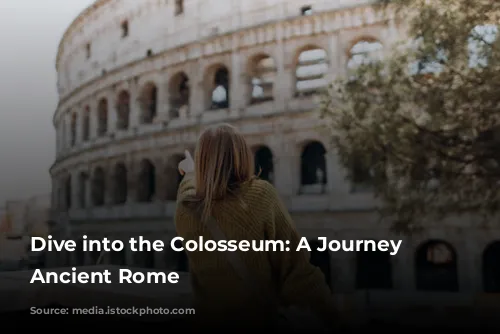
Discovering the Soul of Rome: The Enchanting Neighborhoods of Trastevere and Monti
Nestled in the heart of Rome, neighborhoods like Trastevere and Monti offer an authentic glimpse into the city’s vibrant life and rich history.
Trastevere, with its narrow cobblestone streets and colorful buildings, exudes a bohemian charm. This area is renowned for its bustling piazzas, lively trattorias, and vibrant nightlife.
Monti, on the other hand, presents a more eclectic ambiance, blending ancient ruins with trendy boutiques and artisanal shops. Its labyrinthine alleys lead to hidden gems, quaint cafes, and artisan workshops, making it a haven for artists and creatives.
Both neighborhoods boast picturesque squares where locals gather, creating a lively atmosphere perfect for leisurely strolls.
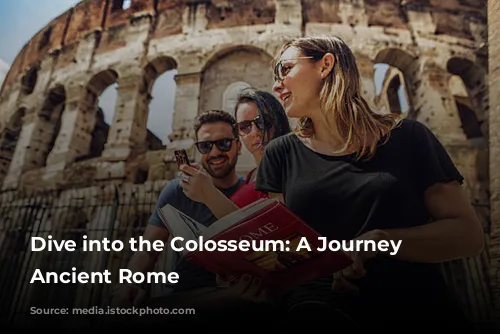
Free Entry to Museums: A Unique Opportunity in Rome
Every first Sunday of the month in Rome, entry to state-owned museums, galleries, parks, and some archaeological sites is free. While this offers a wonderful opportunity to explore the city’s cultural treasures, be prepared for crowds, as it is the busiest day of the month. Consider arriving early to make the most of this unique experience.
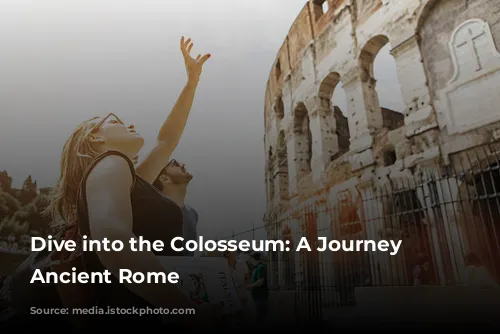
The Colosseum: A Symbol of Power and Majesty
The Colosseum is the most visited and undeniably the most popular monument in Rome, and arguably in all of Italy. It serves as a symbol of the ancient Roman Empire and the modern city today, much like the Eiffel Tower in Paris. In its time, it was a symbol of prestige and the power, might, and even the savagery, of the ancient Romans.
